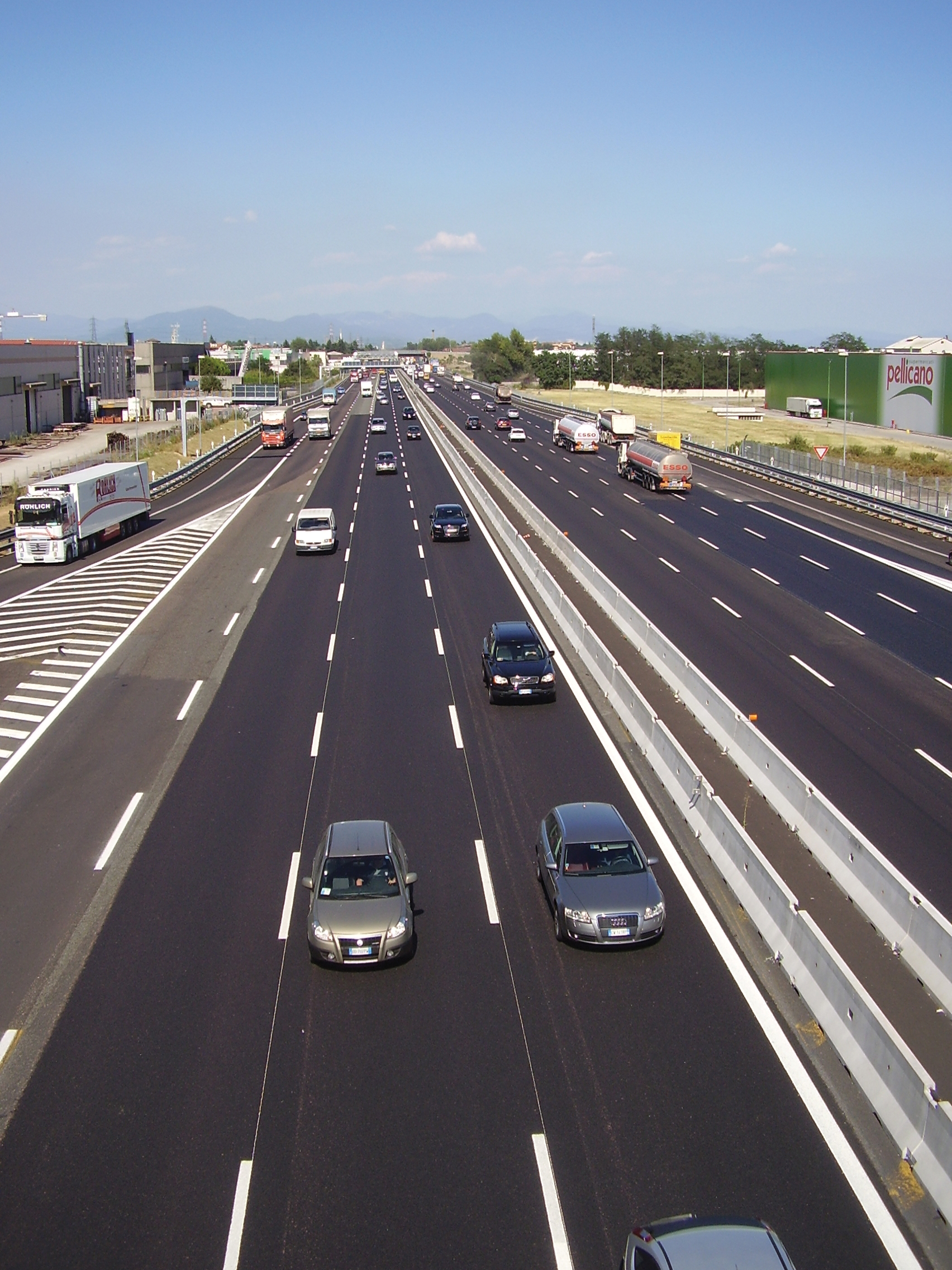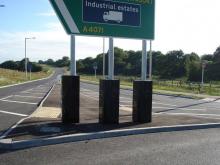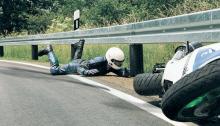The European Road Federation (ERF) has voiced its concern that roadside barriers in Europe may have to be upgraded According to the ERF, the recent decision of the European Commission to allow cross-border movement of longer and heavier trucks, it is keen to raise awareness of the important implications such a move may have for road barriers. ‘Road safety barriers are designed and tested according to the maximum weight of vehicles circulating on Europe’s roads. The current European Norm (EN 1317) allows for

Italy’s A4 autostrade is a major link in the country and has been widened and modernised but larger trucks could pose future dangers for crossover crashes, with potential results similar to those fatal crashes that have happened in the past
The
‘Road safety barriers are designed and tested according to the maximum weight of vehicles circulating on Europe’s roads. The current European Norm (EN 1317) allows for the testing of barriers considering the impact of vehicles up to a maximum of 38tonnes. We are concerned that, should heavier vehicles be allowed to circulate more widely on Europe’s roads, this may have serious implications on the ability of road barriers to protect drivers from their own human mistakes’ explains Christophe Nicodème, Director General of the ERF.
'We do not have an ideological opposition to heavier vehicles', explained Konstandinos Diamandouros, Head of Office at ERF and responsible for the area of road restraint systems. ‘We simply believe that the introduction of heavier vehicles on selected routes should be accompanied by the necessary adaptations to the road infrastructure and this of course includes safety barriers.’
Road restraint systems are designed and tested up to withstand the impact of a maximum 38tonne truck. Given that the current directive in force allows a maximum weight of 44tonnes, even the current barrier requirements do not match the maximum weight of trucks on Europe’s roads.
In the ERF’s opinion, the introduction of heavier vehicles on Europe’s motorways may entail serious safety implication for the ability of passive safety devices to protect drivers. An H4b road restraint system designed for a vehicle weighing 38tonnes may be unable to withstand the impact of 60tonne truck crashing against it. Such accidents are infrequent but they can be lethal, like the accident which occurred in 2008 on the Italian A4 autostrade, which killed seven people.
Clearly, there is need for a modification of European Norm 1317 for Vehicle Restraint Systems to introduce a new containment level.
Meanwhile the UK’s
The IAM have repeated calls for improvements to guardrail used along most British roads. It points out that these are designed to protect motorists inside trucks, cars or buses. For motorcyclists the barriers themselves pose a safety hazard, as a fallen rider can impact with the support posts causing serious injury or death. Technology does exist to deal with the issue such as fitting additional barrier sections or impact cushions, but these are not widely used across Europe and are only required as yet in Spain.
New research from Sweden shows that modern crash barriers actually provide no safety benefits to motorcyclists. Modern crash barriers are designed to save the lives of drivers, but amongst motorcyclists, hitting a crash barrier is a factor in 8-16% of fatal crashes, according to an IAM-sponsored study. Riders are fifteen times more likely to die after hitting a barrier than car occupants. Britain’s current barriers protect car occupants by redirecting the car away from the barrier and slowing it down over a short distance. The car’s body, seat belts and air bags also help to minimise injury. For motorcyclists, there is no such protection, leaving the rider’s body to take the full impact, resulting in serious injury or death.
Around 67% of all collisions between motorcyclists and crash barriers which result in death or serious injury include the rider either falling over or sliding under the crash barrier. Adding a shield to the barrier to prevent the rider from sliding underneath and colliding with support posts would reduce fatalities by up to a third. Crash barrier support posts can worsen the injuries of motorcyclists involved in an accident by five times. IAM director of policy and research Neil Greig said, “Our crash barriers are designed with cars in mind, but they can cause more harm than good for motorcyclists. Modifications are happening across Europe as governments recognise exactly how dangerous they are. Last year deaths and injuries of motorcyclists increased in the UK, so we must do more to protect them. Adding extra protection the barrier so that the posts aren’t exposed is a simple and cost-effective way to save lives.”






